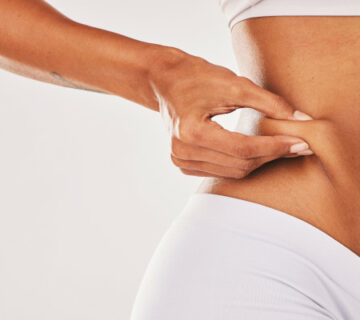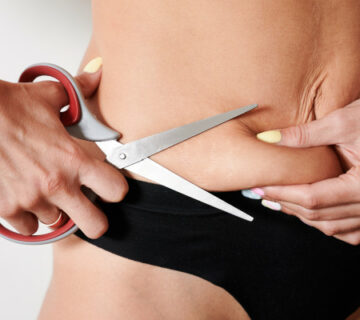
Who is a good candidate for tummy tuck surgery?
A good candidate for tummy tuck surgery is someone who has excess fat, skin, or muscle laxity in the abdominal area that has not responded to diet and exercise. A tummy tuck can be beneficial if you have lost a significant amount of weight and have excess skin in the abdominal area. It may also be beneficial if you are in good physical health and are not obese. Other criteria for being a good candidate for tummy tuck surgery includes having realistic expectations, not being pregnant or planning to become pregnant, and being in good overall health with no serious medical conditions. If you have poor skin elasticity, a tummy tuck can help to improve the appearance of your abdomen and make it look more toned and contoured. In addition, if you have a lot of loose skin or abdominal muscles that have been stretched out from pregnancy or significant weight gain, a tummy tuck may help to tighten and restore the muscles and skin in the area.






